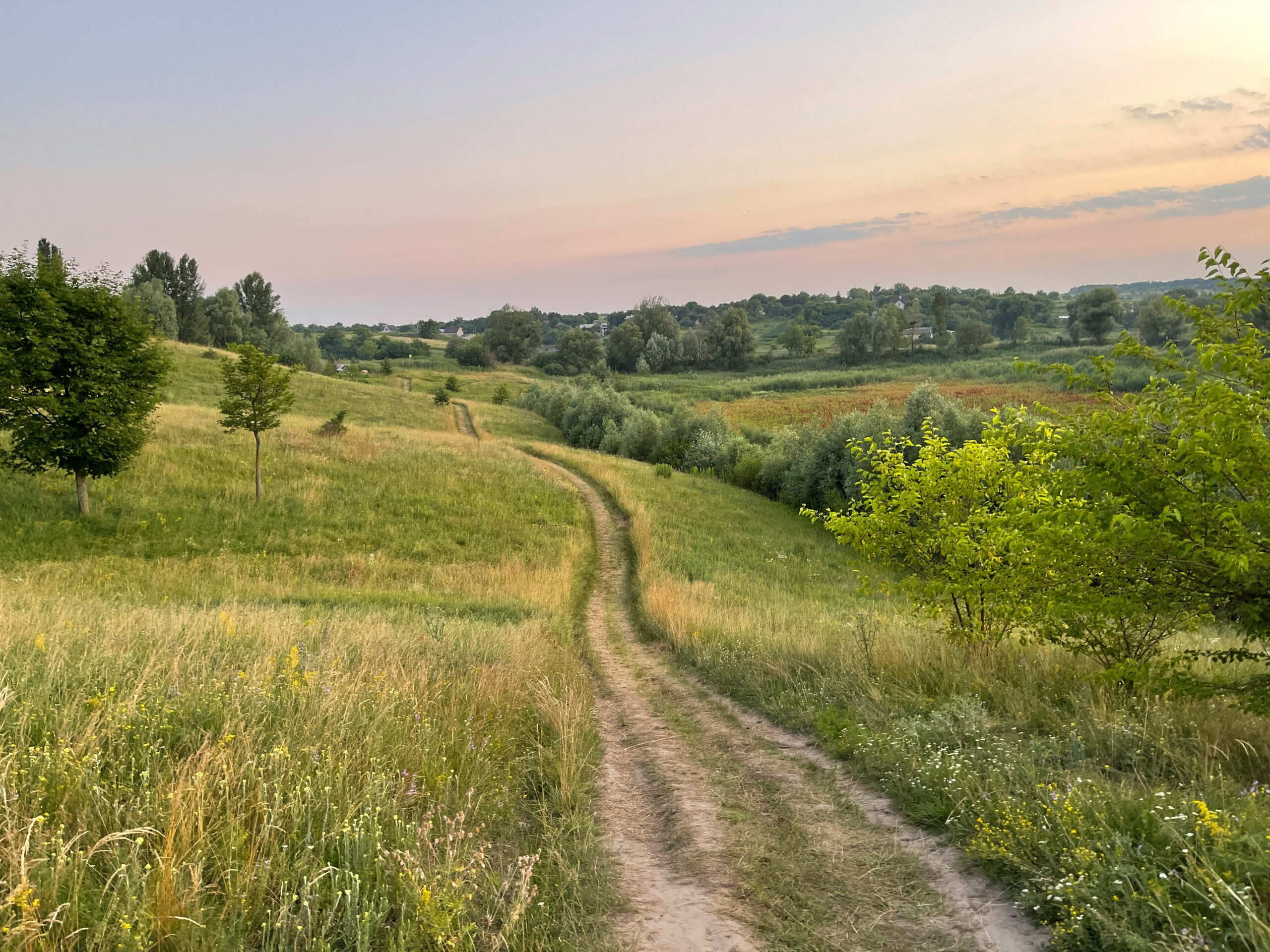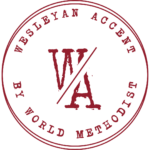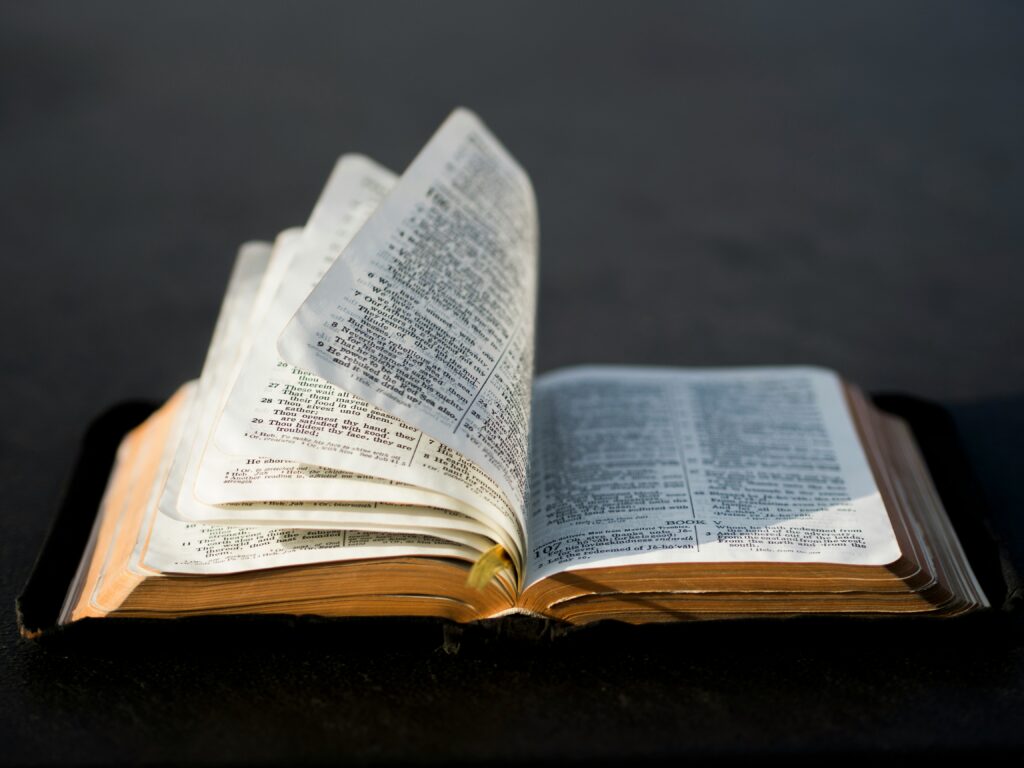Distinctive Style of Methodists: Our Worldwide Parish by Maxie Dunnam

Followers of Jesus have a distinctive style. There are many marks of the Methodist Style. We have considered A Catholic Spirit and Heartfelt Religion. Let’s look now at one other distinctive mark, our worldwide parish.
It is gathered up in Wesley’s popular saying, “The world is my parish.” That word captures the style of the Methodist movement—a concern for all humankind, a spending of ourselves and our resources that all the world might be brought to Christ.
Most of what I share here and much I have shared about other marks are from my book, Going on to Salvation (Nashville, Discipleship Resources, 1996). The truths still speak to us today.
We need to know that Wesley came to this position “kicking and screaming.” His decision to join Whitefield in preaching in the fields to the poor and to coal miners was a difficult one. He fought against it. Whitefield was having great success in reaching for Christ those for whom the established church paid no attention. He sent for John Wesley, knowing his preaching power and organizing skill.
Up to this point, Wesley had only preached in regular church services while in England. Should he accept Whitefield’s appeal and help with the open-air meetings in Bristol? Charles insisted that he not do it. But John practiced what he preached. He called on the Christian fellowship for guidance. He submitted the decision to the Fetter Lane Society, and they decided he should go. Wesley’s Journal for Saturday, March 31 reads:
In the evening, I reached Bristol and met Mr. Whitefield there. I could scarce reconcile myself at first to this strange way of preaching in the fields, of which he set me an example on Sunday; having been all my life (until very lately) so tenacious of every point relating to decency and order, that I should have thought the saving of souls almost a sin if it had not been done in a church.
Wesley spoke to a little society on Sunday evening using the Sermon on the Mount “one pretty remarkable precedent of field-preaching,” he observed, “though I suppose there were churches at that time also.” The next day, Monday, Wesley reported in his Journal:
At four in the afternoon, I submitted to be more vile, and proclaimed in the highways the glad tidings of salvation, speaking from a little eminence in ground adjoining the city, to about three thousand people. The scripture on which I spoke was this,…”The Spirit of the Lord is upon Me, because He hath anointed Me to preach the gospel to the poor.”
In his book, The Radical Wesley, Howder Snyder sums up what happened:
Characteristically, Wesley immediately began to organize. He formed a number of societies and bands and on May 9 acquired a piece of property where he built his “New Room” as a central meeting place. When Whitefield returned to America in August, Wesley was left totally in charge of the growing work. He divided his time between Bristol and London, concentrating on open-air preaching, organizing bands and speaking at night to an increasing number of societies.
The Wesleyan Revival had begun. From the beginning it was a movement largely for and among the poor, those whom “gentlemen” and “ladies” looked on simply as part of the machinery of the new industrial system.The Wesleys preached, the crowds responded and Methodism as a mass movement was born. (pp. 32-33)
That’s what Methodism is all about—a missional and evangelical witness and outreach that sees the world as our parish—and every person in the world, rich and poor, educated and uneducated, without regard to race—every person as a person for whom Christ died.
The movement will go on and be empowered as we Methodists recover the warm heart, when we provide structures of love and care, and when we get a passion for ministry and mission, believing that “the world is our parish.”
Subscribe
Get articles about mission, evangelism, leadership, discipleship and prayer delivered directly to your inbox – for free



